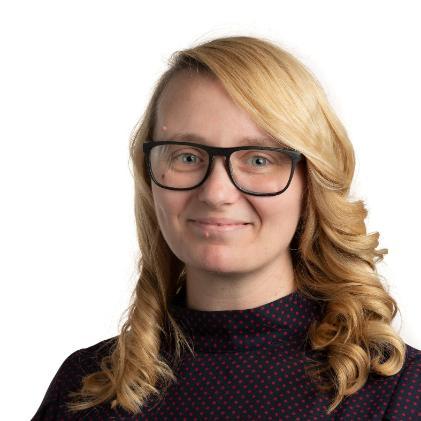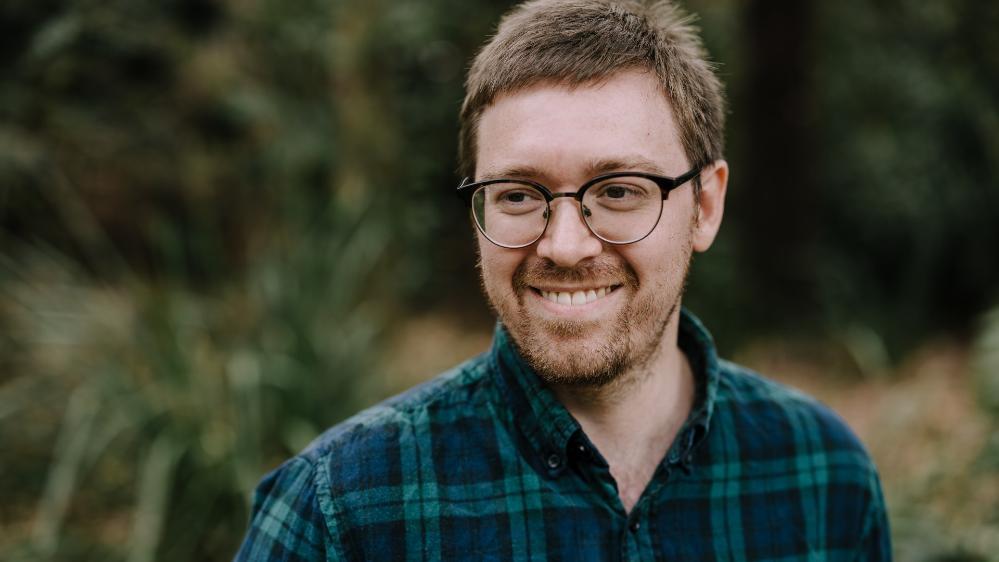December 18, 2023
UOW researchers awarded $1.2 million for DNA studies
Two University of Wollongong (UOW) researchers, Dr Jacob Lewis and Dr Dezerae Cox, have been awarded Investigator Grants worth more than $1.2 million by the National Health and Medical Research Council (NHMRC) to further their explorations of DNA replication and the impact of ancient viruses in the human genome.
NHMRC's Investigator grants aim to support accomplished researchers at every stage of their careers by offering financial support and a substantial research assistance package. The grants provide researchers with the freedom to explore promising new research avenues, promote innovative and imaginative research and enable researchers at all career levels to begin their research initiatives.
UOW Deputy Vice-Chancellor and Vice-President (Research and Sustainable Futures) Professor David Currow said, “I warmly congratulate Dr Lewis and Dr Cox’s efforts in securing NHMRC funding for their innovative research. Their work has the potential to make an enormous positive impact, and we look forward to witnessing their contributions to medical research.”
Dr Jacob Lewis, from UOW’s School of Chemistry and Molecular Science, will focus on DNA replication processes.
Each time a human cell divides, it must make an exact copy of its 46 chromosomes. This requires precise duplication of around six billion DNA base pairs. Mistakes in this process can lead to developmental defects and cancer. While scientists understand the broad strokes of DNA replication, many specifics remain unknown, including understanding the roles and regulation of various proteins, especially when complications arise when DNA is damaged.
Dr Lewis said his research project aims to reconstitute the human DNA replication process in a test tube.
“By studying the replication process in the lab, we hope to understand the atomic structures of the proteins and their interactions. This will shed light on how DNA is accurately copied, even in the face of challenges like damaged DNA.
“This research holds the potential to shed light on the mis-regulation of DNA replication and the causes of genetic mutations in cancerous cells. These discoveries have long-term implications for developing personal medical diagnoses and treatment strategies.
“The NHMRC funding is pivotal in advancing the lab's paramount goal: reconstituting functional chromosomes to understand the precise mechanisms humans use to replicate their DNA. Establishing a lab is no small feat; the Investigator Grant not only provides foundational and financial support but also enables opportunities to mentor and train the next wave of Australian scientific talent.”
Dr Dezerae Cox, who is returning to UOW’s School of Chemistry and Molecular Science from the University of Cambridge, will explore the role of ancient viruses that are present in human DNA.
“This NHMRC Investigator Grant will support my return to Australia armed with world-class training in emerging technologies from the University of Cambridge and enable me to bring these technologies to UOW where I will explore some of the fundamental secrets still hidden within our genetic code.
“Almost 10 per cent of the human genetic code comes from ancient viruses that wrote their DNA into our own. Supported by this Investigator Grant, my work aims to explore how these viral remnants known as human endogenous retroviruses (HERVs) contribute to Motor Neuron Disease. A defining feature of Motor Neuron Disease is the buildup of protein clumps within specialized brain cells called neurons. There is growing evidence that HERVs play a role in triggering this process, though the exact mechanism is still a mystery. Intriguingly, drugs targeting HERVs have shown promise in treating Motor Neuron Disease but their effect on the formation of protein clumps remains unknown.
“My research will use an advanced molecular toolbox to unravel these mysteries. Coupling cutting-edge technologies with new knowledge of how HERVs contribute to disease, we hope to drive next generation diagnostic strategies and inform therapeutic design for HERV-associated diseases,” Dr Cox said.
